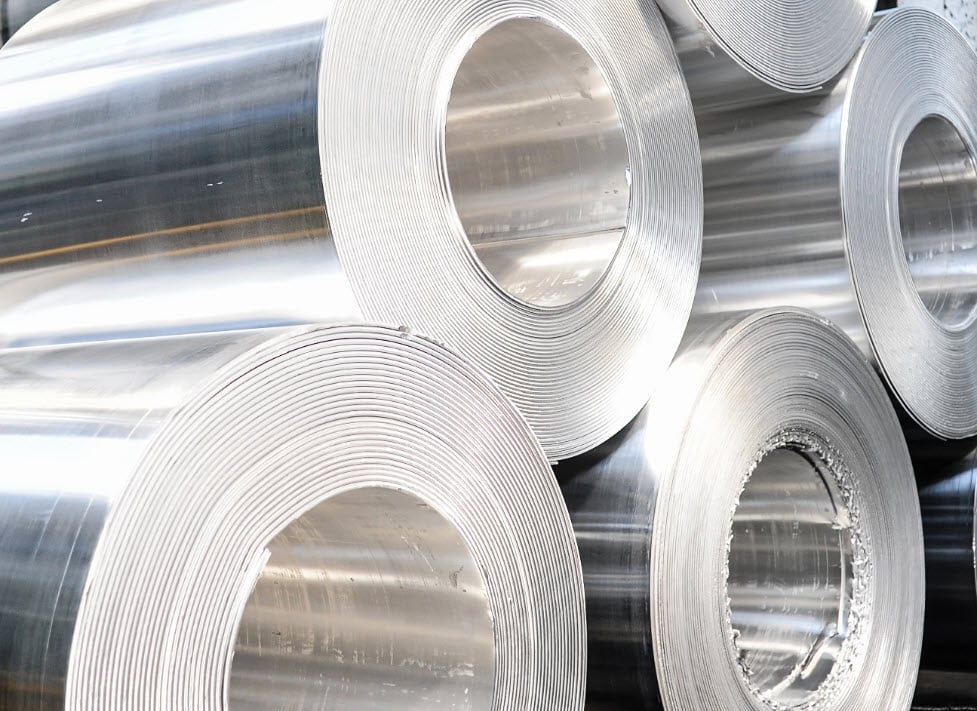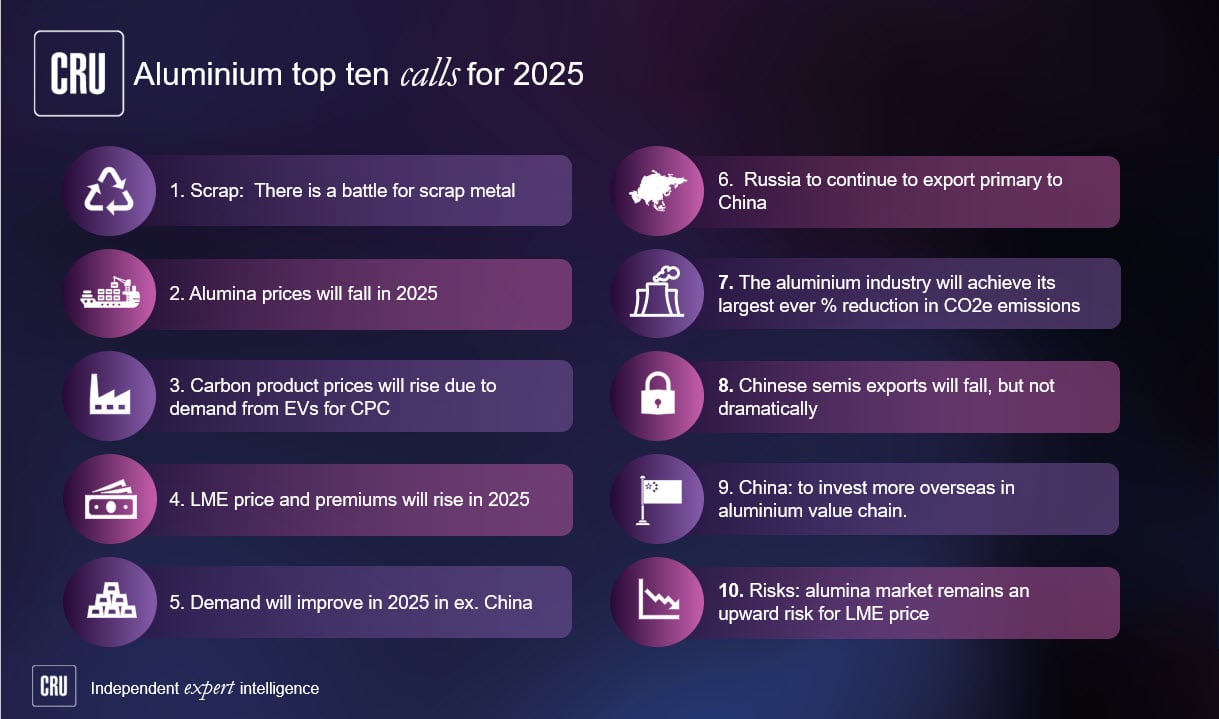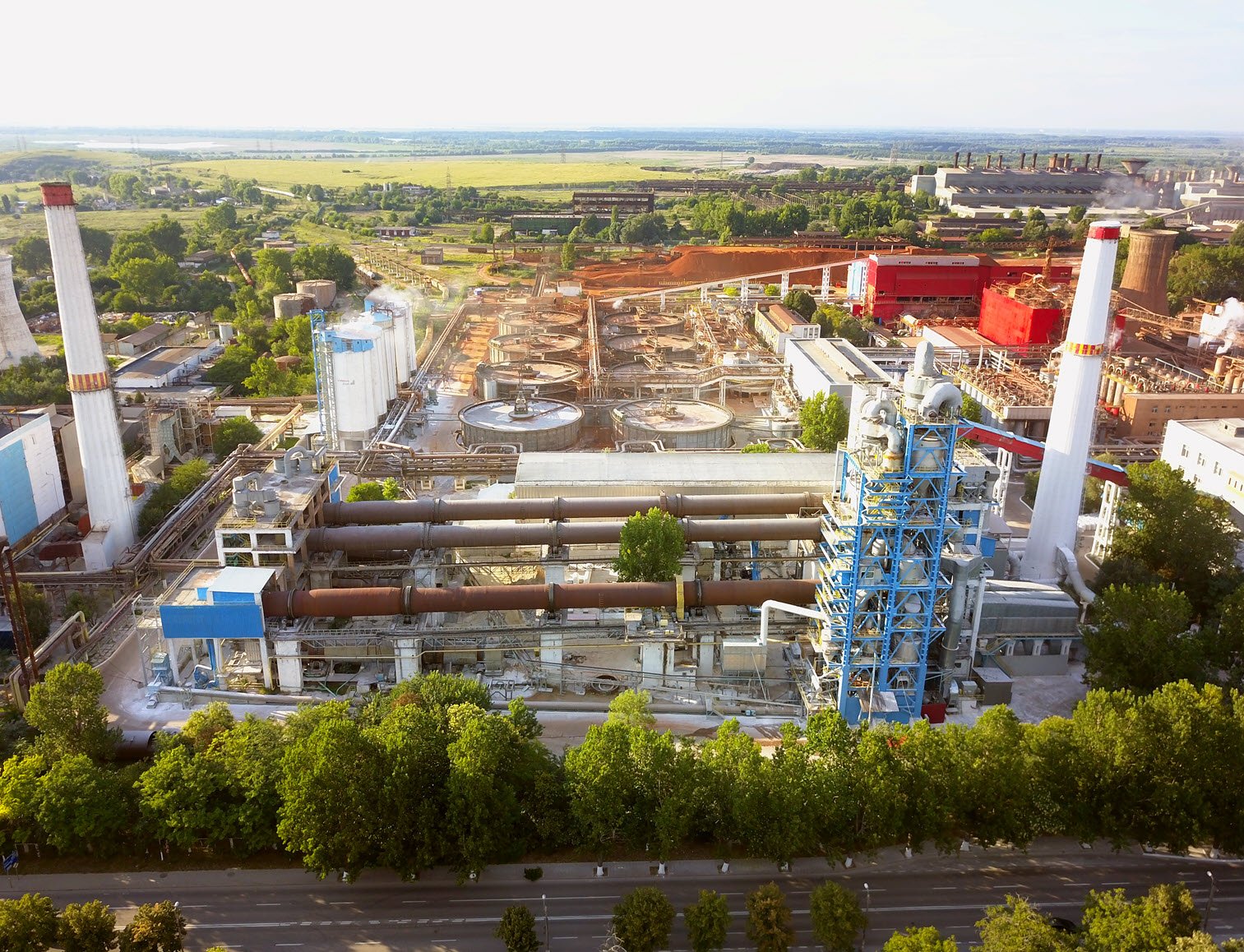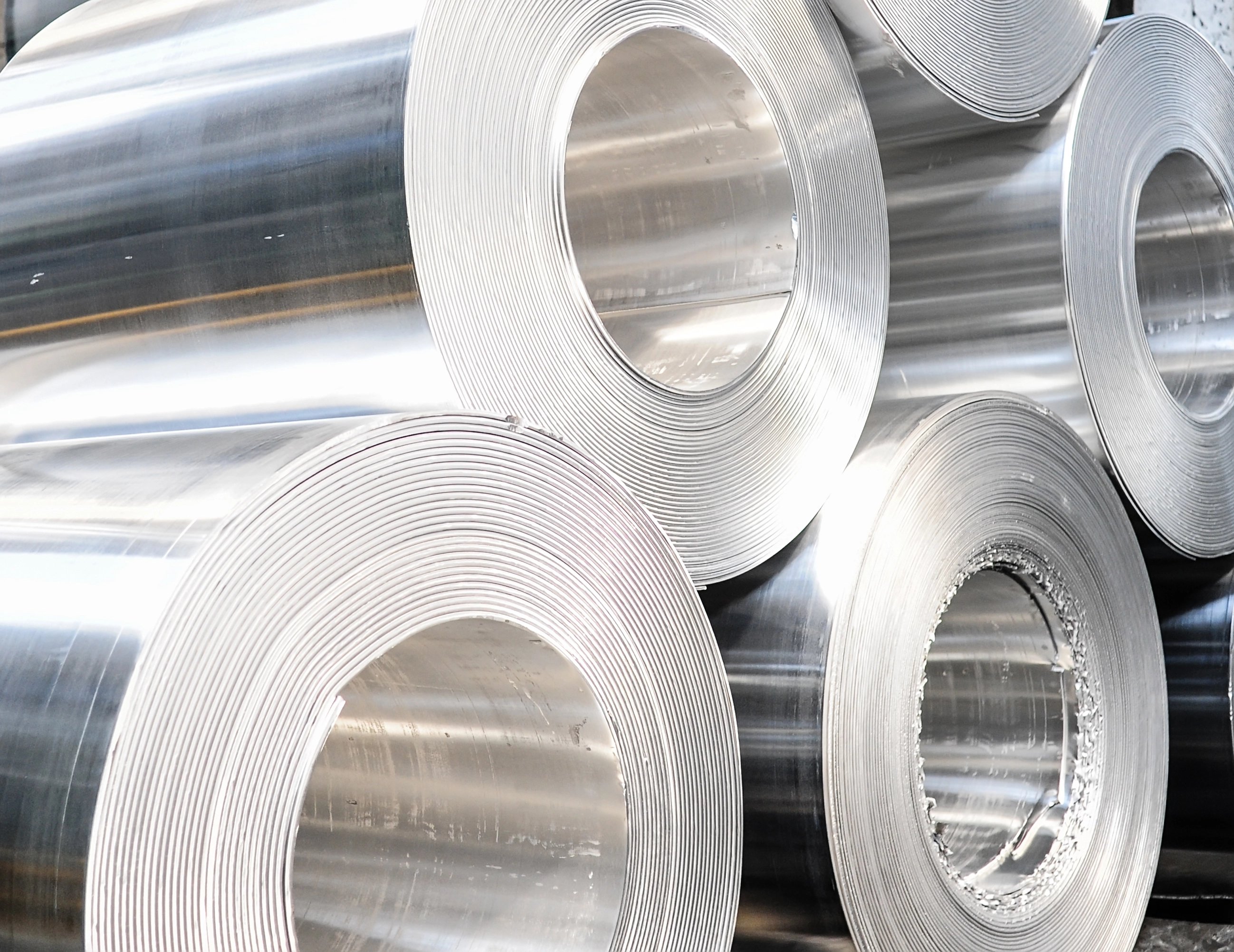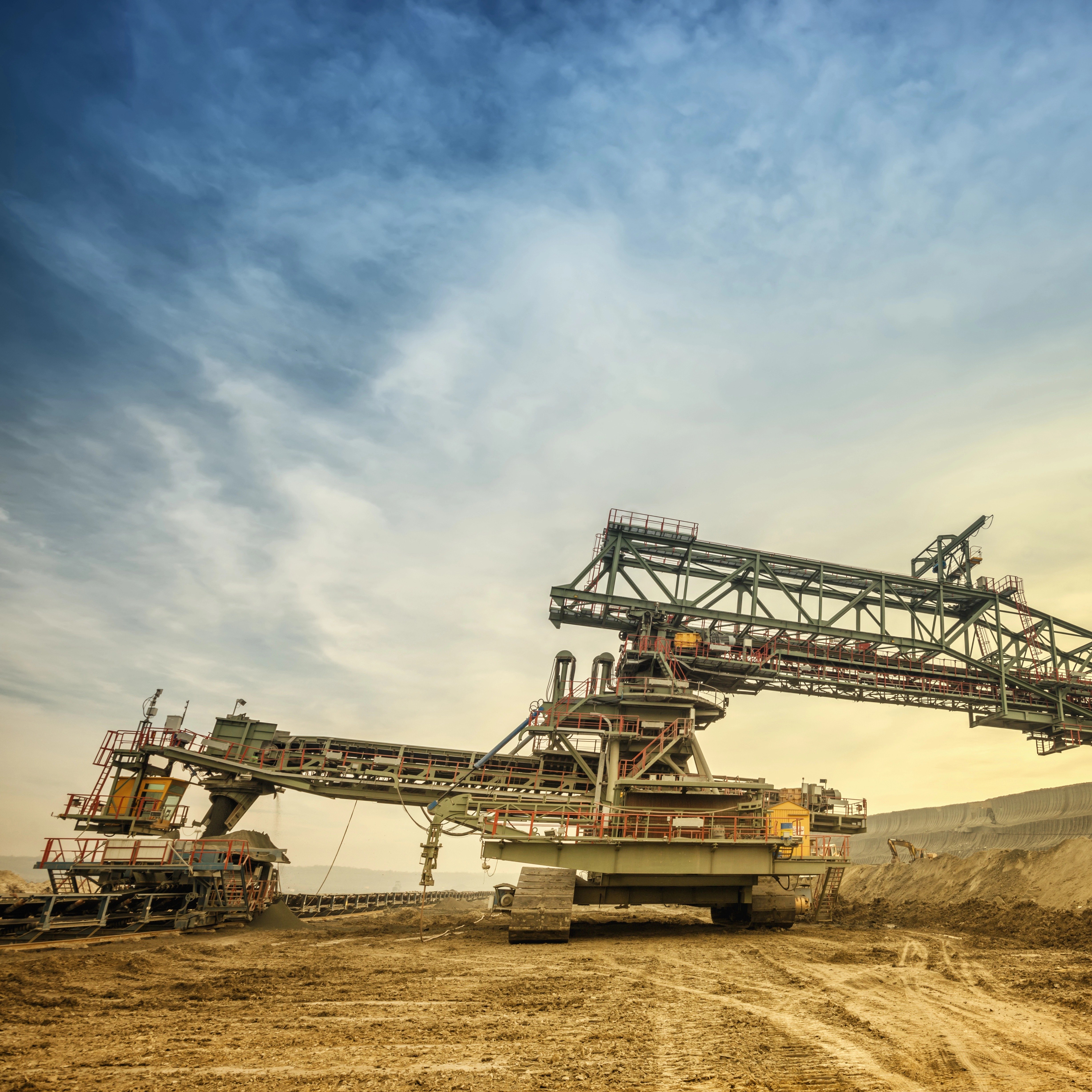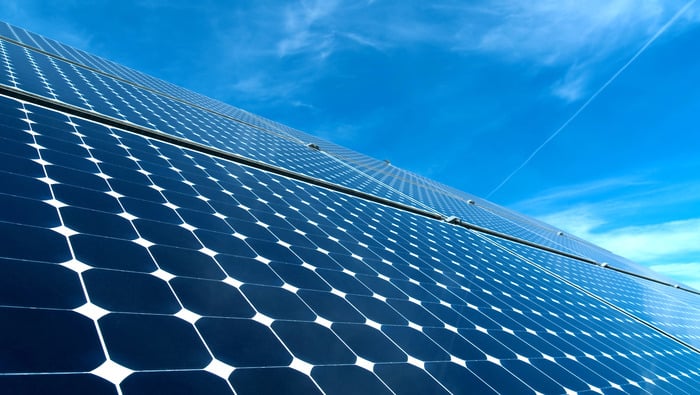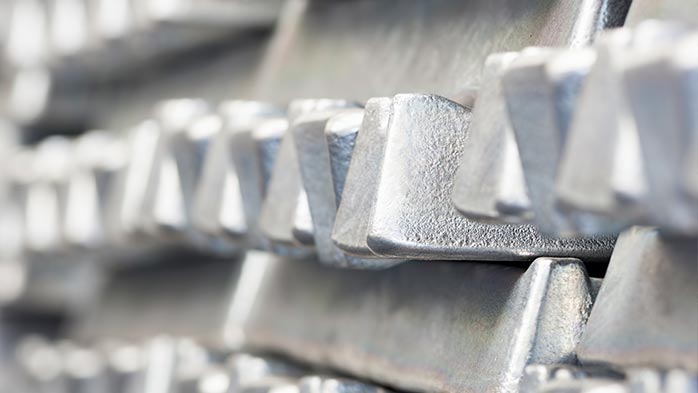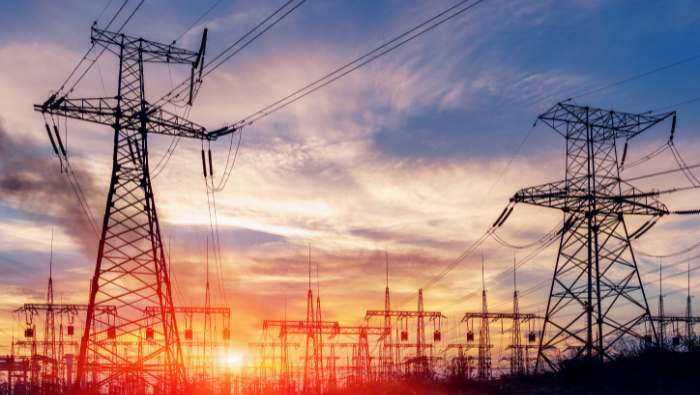In June, China posted its 3rd consecutive month of y/y IP expansion as China’s recovery train shifted into high gear.
This macro sentiment has also been reflected in Q2 primary aluminium demand, which grew 5% y/y as major end-use markets returned in a frenzy. On a y/y basis, most economic indicators, such as GDP, IP, and fixed asset investment, are telling an inspiring story – which is that the post-Covid-19 recovery is on track.
However, by the end of H1 2020, China’s GDP, IP and FAI were still 1.6%, 1.3% and 3.1% below the level it reached at the end of 2019. In other words, after three months of recovery, the economy has not recovered what was lost due to Covid-19 in Q1 2020. So, there is still some way to go to recoup this loss. In line with this, we are still forecasting a 3.3% y/y drop in aluminium semis production in China, with recycled metal consumption taking a much harder hit (-12.3% y/y) than primary consumption (-0.6% y/y).
As for the West, the pace of contraction in manufacturing IP slowed in May, indicating that April was perhaps the low point. Data released mid-July by the US Federal Reserve confirmed continued upward momentum in June manufacturing IP, which grew more than 7% m/m.
The same cannot be said for Japan and South Korea, where further contraction was reported in May. Japan’s dependence on the transport sector, which accounted for 48% of total semis demand in 2019, makes the aluminium industry highly vulnerable in situations such as Covid-19. For context, the transport sector accounts for 26% of world semis demand, and only North America’s transport sector accounted for a higher proportion of regional semis demand than Japan in 2019. Lockdowns have also hit can stock demand in Japan, with an annual drop of 4% expected. Nevertheless, June manufacturing activity in Japan is largely expected to rebound slightly m/m, which would buck the trend of 4-consecutive monthly declines.
China avoids a technical recession and seems primed for growth the balance of the year
China’s second-quarter GDP expanded 3.2% from a year ago, surging back from a 6.8% rout in the first quarter, according to the National Bureau of Statistics of China (NBS), which avoided the technical recession. China’s industrial output rose 4.8% in June y/y, expanding for the third consecutive month. China’s economy has shown strong resilience following the sharp contraction during the COVID-19 pandemic lockdown.
Infrastructure investment is an important measure for the Chinese government to boost the economy, especially during the downturn period. According to the NBS, China Infrastructure investment decreased by 2.7% y/y in H1 2020. However, this was an improvement of 3.6 ppts from the 6.3% decline recorded through May. CRU expects infrastructure investments to accelerate in the second half of the year, resulting in full year growth. The machinery sector has been an early beneficiary of such investments, with excavator output expanding more than 22% y/y in H1 2020. Aluminium rod, castings and extrusions demand will also be supported by investments in ultra-high transmission lines, 5G and railway projects.
Automakers attempt to put the pedal to the metal
In China, auto output and sales through H1 dropped by nearly 17% y/y, according to China Association of Automobile Manufacturers (CAAM). However, auto output and sales in June came back in a big way, posting y/y growth of 22.5% and 11.6%, respectively. As shown in the accompanying chart, passenger vehicle output is now back to a “normal” level compared to the previous years. A more impressive bounce back has taken place in commercial vehicle production, which has been boosted by firm truck demand. The phase-out of diesel trucks that do not meet the new emission standard has resulted in higher than normal truck replacement demand, which is also aided by local government subsidies. Significant growth in online shopping has also increased demand for road freight, another positive for truck demand. New infrastructure projects should also contribute to the growth.
In the US, the recent collapse of the automotive market was a substantial contributor to several months of weak economic data, with broad expectations of a slow recovery in 2020. However, activity appears to be ramping up at a much faster pace, supporting stronger US manufacturing data. Following three months of contraction, the ISM’s Manufacturing PMI showed growth in June, posting a 52.6 reading. This is 9.5 percentage points above May’s reading, marking the largest m/m increase in nearly 40 years. While the improvement is not entirely driven by the automotive market, the sheer size of the automotive supply chain is certainly enough to accelerate the recovery. In fact, a 2018 study by the American Automotive Policy Council states that “automakers and their suppliers are America’s largest manufacturing sector, responsible for 3% of America’s GDP.”
For rollers, shipments of ABS to the automotive market are reportedly approaching pre-Covid-19 levels. Major automakers are also reportedly planning to skip or delay plant outages to not only make up for lost time, but also to replenish inventory levels which are uncomfortably low on certain vehicles.
In Europe, automotive demand has improved, but this is relative to the complete collapse we saw in April and May. Plants have returned and utilisation has increased, but it is important to note that even if a plant claims to have returned to 70% utilisation, we are hearing that not all of that 70% is being used to make cars, with maintenance and other tasks stealing production time. Demand for new cars remains highly uncertain, with European scrappage schemes being heavily targeted towards EVs. However, consumers still seem reluctant to buy even with incentives. New passenger car registrations in June in the EU posted a 22% drop y/y, but did mark a slight improvement from May, which saw a 52% y/y drop.
Construction sector outside China providing mixed signals
In Europe, the strongest performing demand sector is construction, which is currently operating between 70-90% of pre Covid-19 plan. However, there are concerns over the longer term with possible declines in new starts, and the fact that the construction sector tends to be impacted later in recession cycles. 2021 will be a very interesting year, with aluminium demand from construction reliant on continued private investment, which could be affected by a prolonged deep recession.
In the US, the strong recovery in the construction sector has been widely discussed, with remodelling related activity leading the charge. With most of the country in lock down during April and May, home improvement spending was reportedly very strong. Leading the charge have been applications such as storm doors, hurricane proof siding and repair and remodel projects. Major construction-material retailers, Home Depot and Lowe’s, reported that Q1 sales increased by 7.5% and 12% y/y, respectively. On the other hand, the non-residential market is facing some serious headwinds. The Architectural Billings index (ABI), has been in severe contractionary territory for several months. This index is considered a leading indicator and raises caution about projects six months down the pipeline. Additionally, as Covid-19 has challenged typical brick and mortar strategies, more businesses could embrace digital work resulting in lower office space investment. Not to mention the hospitality and retail sectors, both expected to incur some level of permanent damage.
Continuing the discussion
For up-to-date market developments and discussions needed during these volatile times, CRU hosts weekly live Q&A sessions for our aluminium subscribers.
Join us for an exclusive preview of the subscriber only experience on 5 August to hear CRU's aluminium analysts answer your questions live and discuss the latest updates found in the CRU Aluminium Market Outlook.
For details and registration, please follow the link below.
CRU Aluminium Subscribers - Access a library of Q&A sessions on demand within the news section of your aluminium subscription on CRU Online.





